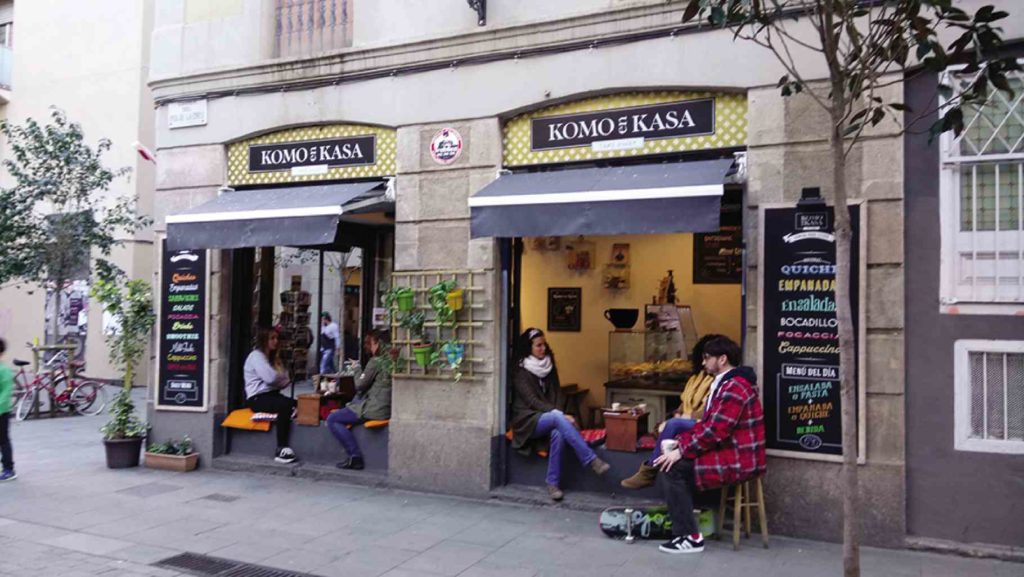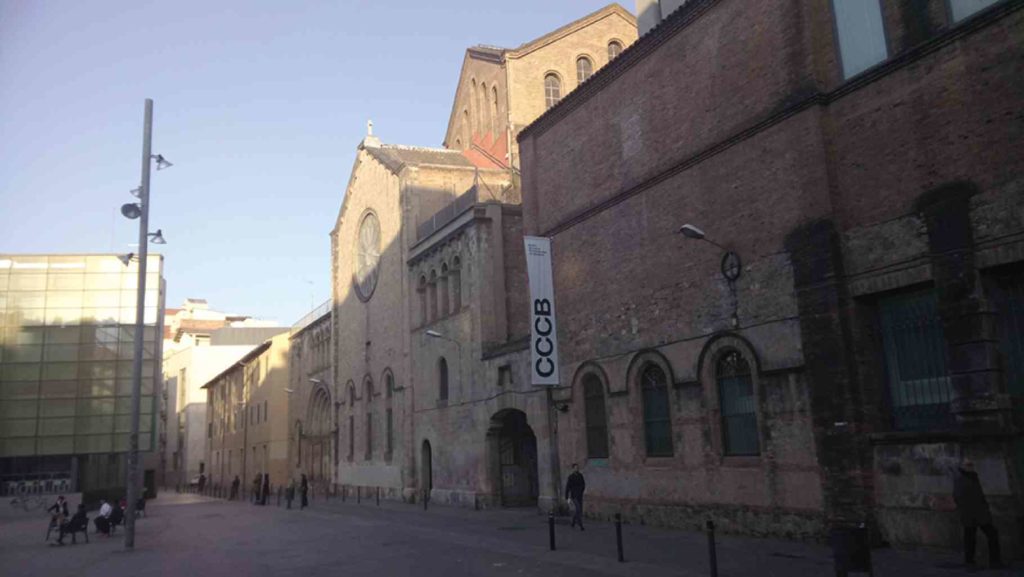Rebranding the city

El Raval is now developing a cool, hipster image.
Rebranding is the attempt to change the image of a product in the eyes of the general public. It is a common technique in business, but it has rarely been used in the field of urban design.
Nevertheless, the concept of improving a reputation is applicable even in the case of public places. Such is the story of El Raval District in Barcelona, Spain—a story which the Philippines can hopefully learn from.
Urban renewal
One of the oldest districts of Barcelona, El Raval was once the most densely populated areas in the world (Lee, 2004). The area housed workers from factories and textile mills in the 1800’s.
It was then known for its poor living conditions and high crime rates. Southern Raval, in particular, was infamous for prostitution and drug trades.
In 1988, the local government decided to change the image of El Raval. The Generalitat de Catalunya implemented an urban regeneration scheme, aiming to “change the area to change the people” (Lee, 2004).
The first step involved the removal of sleazy hotels to discourage prostitution. Where these places once stood, student residences, police stations and office blocks were built to encourage the rise of the middle class.
The seediest streets of El Raval were demolished to give way to public plazas. Rambla del Raval, in particular, was a boulevard that was renewed with palm trees, public seating, and street sculptures. Multiple restaurants offering varied cuisines were also built here.
Because of these, the street has become one of Barcelona’s hot tourist spots. And these changes had brought about significant improvement in El Raval. Art and culture, however, became the primary factors for El Raval’s transformation.
As a district full of immigrants, El Raval was inherently rich with multiple cultures. These are seen in the street graffiti abundant in the area. But rather than conceal these, the government had then encouraged art in El Raval.
In 1995, the Museu d’ Art Contemporani de Barcelona was opened in the northern side of the district. The building celebrated modern art, blending with the rich street art already present in the area.
The building’s plaza attracted skaters too, bringing vibrancy to the place. Neighboring museums such as the Centre de Cultura Contemporania de Barcelona (CCCB) were also renovated to bring them to par. The district became home to contemporary art and culture—museums and street art coexisting together.
Thus, El Raval developed a new character, one that appealed to tourists and locals.

MACBA and CCCB are some of the museums in El Raval showcasing urban art.
Potential
In less than three decades, El Raval has managed to evolve from a seedy, red-light district to a hip tourist spot with modern features. Though the area could still improve, many agree that it is quite a successful case of urban renewal.
The Philippines can learn a lot from this story in dealing with its run-down districts. Some slums in the Metro, for example, has long suffered seedy reputations.
Unbeknown to many, many of Metro Manila’s poorest districts have played a large part in our nation’s history and culture.
Maybe if we were to focus on the more positive aspects of these places, we can give them new reputations. Though politics and funding would definitely play a part in any initiative, a convincing pitch might persuade the government officials and investors alike.
It would definitely bring in more jobs and tourists in the city, leading to better opportunities for the residents.
Maybe, if we try to learn from El Raval, we can also renew our country’s urban landscape. Of course, rebranding a place is not as simple as it sounds, but reimagining it is the first step towards change.
Who knows? Maybe in just a few decades, our worst districts might become our nation’s best tourist spots. It might seem farfetched now. Change, though, has to start somewhere, even if only in the imagination.
(Sources: Lee, J. H., 2004. How and Why is Land Use Changing within El Raval Area of Barcelona. Barcelona: Barcelona Field Studies Centre)
The author is a Filipino architect who recently came home from Barcelona after completing a Master’s Degree in Interior Design of Commercial Spaces from the Istituto Europeo Di Design (IED). She works for DSFN Architects and now sees Manila with fresh eyes.
